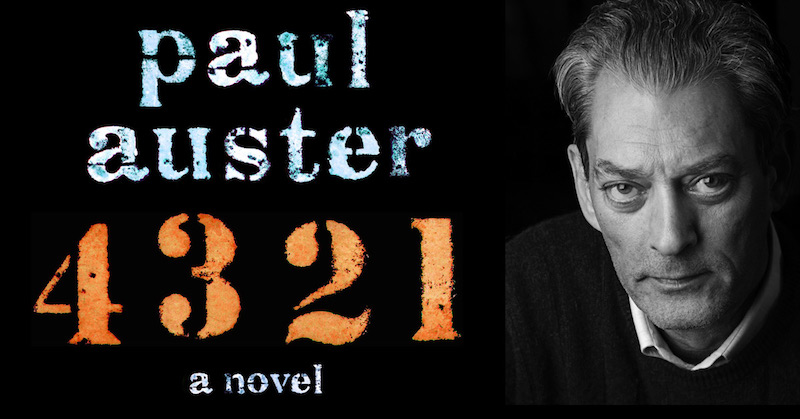

“The new novel may sound like a high-concept, formally pyrotechnic book, yet Auster’s approach to his material is hardly out of the ordinary — he draws on his own life experience, tweaking details and outcomes as it suits him. The pleasures 4 3 2 1 offers are fairly traditional as well. As a time capsule of New York and New Jersey in the Fifties and Sixties, it is consistently engrossing … Auster’s late writing has shown something of a mania for inventories and in 4 3 2 1 at times this tendency metastasizes into unwieldy historical checklists. But more often the surplus description is born of generosity and exuberance … Auster’s tilt away from the stifling control of locked-room mysteries toward the hail-mary risks of interwoven shaggy-dog coming-of-age stories is rejuvenating. He returns to many of his old hobbyhorses in 4 3 2 1, but here they are restored from the level of abstract metaphor to their rightful place in the real world … Though the book’s plots are by and large little more than scaffolding for Auster’s lavishly appointed memory theater, they’re still fairly lively … These latter portions flag. This is perhaps symptomatic of all coming-of-age stories, which address the process of relinquishing cherished attachments; the arc they describe moves toward loss and isolation. But it’s especially true for an author as single-minded as Auster.”
–Sam Sacks, Harper’s, February, 2017
Read more of Sam’s reviews here

